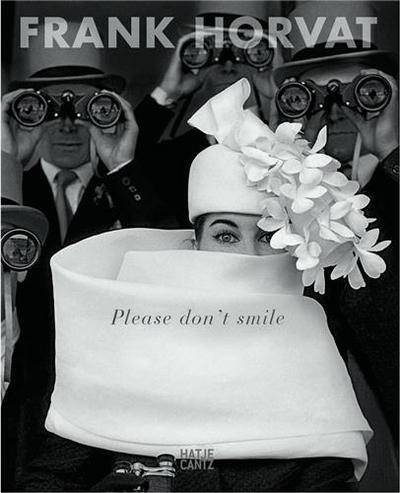
- Afhalen na 1 uur in een winkel met voorraad
- Gratis thuislevering in België vanaf € 30
- Ruim aanbod met 7 miljoen producten
- Afhalen na 1 uur in een winkel met voorraad
- Gratis thuislevering in België vanaf € 30
- Ruim aanbod met 7 miljoen producten
Zoeken
€ 62,95
+ 125 punten
Omschrijving
Excelling in numerous genres, Frank Horvat (born 1928) likes to transgress boundaries, and he does not worry about the conventions of the genre in his fashion photographs: as early as the 1950s, he was going out onto the street, brazenly positioning a model in the middle of a vegetable market (1959) for Jours de France, or, shortly afterwards, experimenting with bold cropping or humorous film quotation. In doing so, Horvat mostly dispenses with artificial light and shoots many of his fantastic pictures with a 35mm Leica from the hip, so to speak. He works for Elle, Vogue, Harper's Bazaar and other major magazines, with famous models and celebrities, and he is the first photographer ever to use Photoshop for his work. Respect for the portrayed women and palpable endearment distinguish Horvat's sensual, elegant pictures from those by all other photographers on the fashion scene.
Specificaties
Betrokkenen
- Auteur(s):
- Vertaler(s):
- Uitgeverij:
Inhoud
- Aantal bladzijden:
- 256
- Taal:
- Engels
- Geïllustreerd:
- Ja
Eigenschappen
- Productcode (EAN):
- 9783775740289
- Verschijningsdatum:
- 23/02/2016
- Uitvoering:
- Hardcover
- Formaat:
- Genaaid
- Afmetingen:
- 249 mm x 325 mm
- Gewicht:
- 2086 g

Alleen bij Standaard Boekhandel
+ 125 punten op je klantenkaart van Standaard Boekhandel
Beoordelingen
We publiceren alleen reviews die voldoen aan de voorwaarden voor reviews. Bekijk onze voorwaarden voor reviews.








